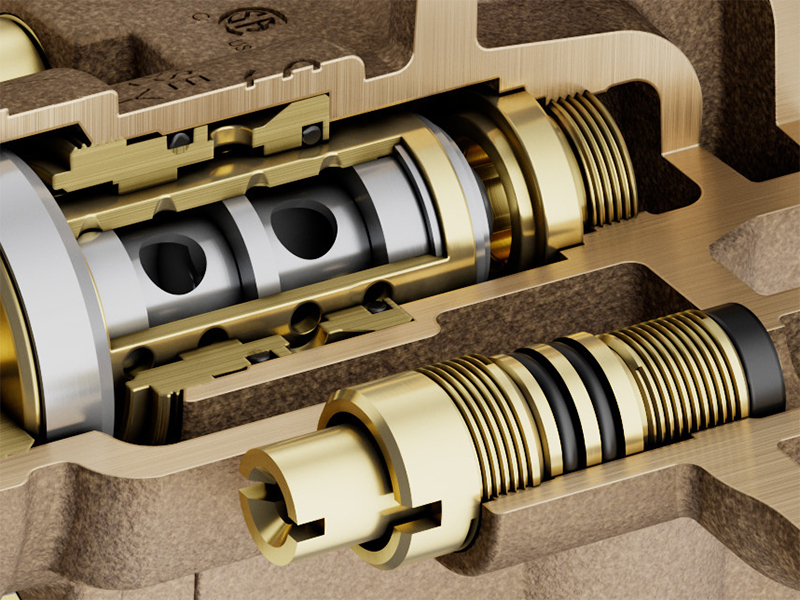On the surface, the difference between pressure-balancing valves and thermostatic valves is clear: Pressure-balancing valves typically have one control knob while thermostatic valves have two. That’s because pressure-balancing valves mix hot and cold water from two inlets, allowing for you to adjust the temperature via the control knob while a thermostatic valve requires that you turn both valves—the temperature valve and the pressure valve—to get the temperature and flow you want.
You know how they work, but is one type better than the other? Each has its pros and cons, which we’ll examine below.
Pressure-Balancing Shower Valves
These are the most commonly installed valves—but does that make them the best choice? Certainly, there are good reasons to use them, but thermostatic valves have their upsides, too.
Here are some of the advantages of a pressure-balancing valve:
- They react to changing water pressure to prevent you from scalding should someone flush the toilet or run cold water elsewhere. Hence the “pressure balance” name—as cold water pressure drops, the valve drops hot water pressure, too.
- Pressure-balancing valves are easy to use, which is important in homes with young children, people with arthritic hands, or anyone who may have difficulty using a thermostatic valve.
- These valves are usually the less expensive option.
Thermostatic Shower Valves
The biggest advantage here is that thermostatic valves do allow you to pre-set the water temperature and leave it. But there are a few other advantages that, while less obvious, are no less important to consider.
- These valves give you more subtle temperature control. Tweak the temperature knob to make minute adjustments, and many of these valves have dials that enable you to preset your favorite temperature simply by leaving the temperature valve alone when you shut the pressure valve off.
- Thermostatic valves may work well in situations where there may be frequent and dramatic fluctuations in the main water supply temperature.
- The ability to pre-set safe temperatures can be helpful for elderly users, or in assisted living facilities.
While thermostatic valves have a lot of advantages, there are some drawbacks, too. Expense is the primary factor—these valves can cost up to twice as much as pressure balance valves. They may also be more difficult to install in smaller spaces or in retrofits where the original opening in the shower wall may need to be widened or plumbing moved to fit the new valve. Finally, the internal thermostatic elements are susceptible to mineral buildup and scale that can affect their performance and reliability.
The Last Word
Both types of valves are solid choices. Primary considerations come down to budgets and user experience. If price isn’t an issue, and the installation conditions are right, thermostatic valves can be a good option, but if you are looking for both simplicity and cost savings, then you can’t go wrong with a pressure-balancing valve.
